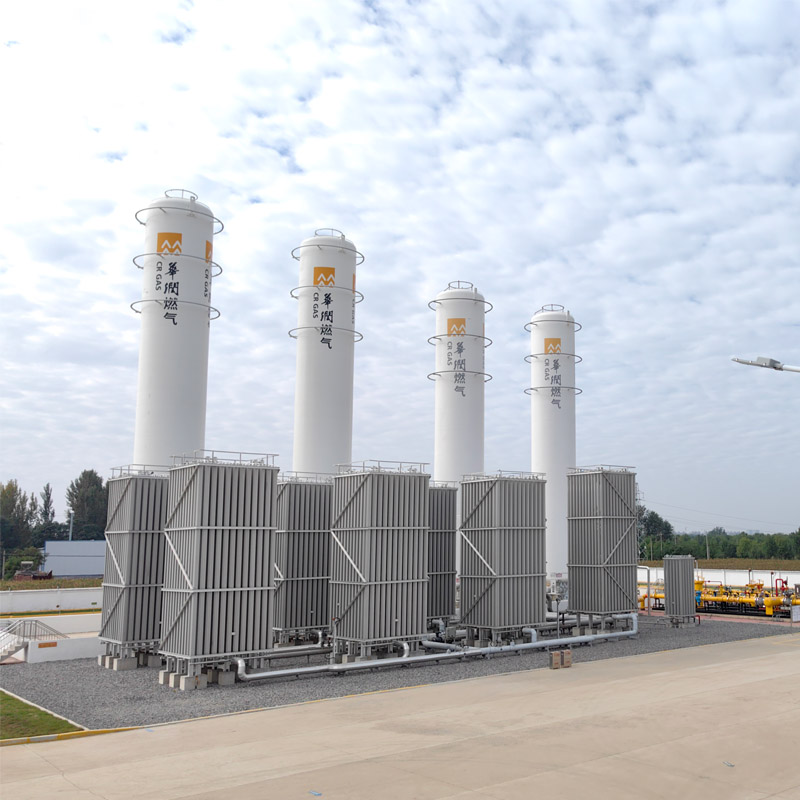
Dec . 04, 2024 09:31
Back to list
natural gas pressure reducing station
Natural Gas Pressure Reducing Stations A Crucial Component of Gas Distribution
Natural gas has become an essential source of energy worldwide, powering homes, industries, and vehicles. As its usage continues to grow, the need for safe and efficient distribution systems becomes increasingly important. One critical component in these gas distribution networks is the pressure reducing station (PRS). This article will explore the role of pressure reducing stations in managing natural gas delivery, the technology involved, and the benefits they provide to both consumers and the environment.
The Role of Pressure Reducing Stations
Pressure reducing stations are strategically located within natural gas distribution networks to regulate the pressure of natural gas as it travels from high-pressure transmission lines down to lower-pressure distribution pipelines. Transmission lines transport natural gas over long distances at high pressure to minimize energy loss. However, when this gas reaches urban areas or end consumers, it must be delivered at a lower, manageable pressure to ensure safety and efficiency. This is where the PRS comes into play.
The primary function of a pressure reducing station is to reduce the pressure of natural gas in a controlled manner. Without these stations, the high-pressure gas would be dangerous to handle and could damage household appliances, industrial machinery, or distribution infrastructure. PRSs are equipped with pressure control valves that accurately adjust the pressure of the gas before it enters the distribution system.
The Technology Behind PRS
Modern pressure reducing stations utilize advanced technology to ensure optimal performance and safety. At the heart of the PRS are the pressure regulation valves, which are designed to withstand high-pressure conditions while allowing precise adjustments to output pressure. These valves are often equipped with sensors and automated systems that monitor gas pressure in real-time, ensuring that any fluctuations are managed promptly.
natural gas pressure reducing station

In addition to pressure regulation, many PRSs incorporate safety features such as relief valves and alarms. Relief valves activate if the pressure exceeds preset limits, venting excess gas safely into the atmosphere. Alarms alert operators to any malfunctions, enabling quick responses to potential issues. Moreover, some stations are now equipped with remote monitoring capabilities, allowing operators to manage and control the station from a distance, further enhancing safety and efficiency.
Benefits of Pressure Reducing Stations
The implementation of pressure reducing stations offers numerous benefits. Safety is the most significant advantage. By controlling gas pressure, PRSs minimize the risks of gas leaks, explosions, and damage to property. This is especially crucial in densely populated urban areas where any incident could have catastrophic consequences.
Energy efficiency is another key benefit. By ensuring that gas is delivered at the right pressure, PRSs help optimize the performance of combustion systems and appliances, leading to better fuel utilization. This not only saves consumers money on their energy bills but also reduces greenhouse gas emissions associated with inefficient combustion.
Furthermore, pressure reducing stations play a vital role in ensuring reliable energy supply. By regulating pressure fluctuations, PRSs help maintain a consistent supply of natural gas, which is essential for both residential and industrial consumers. This reliability is particularly important during peak demand periods, such as extreme weather events when energy consumption typically surges.
Conclusion
In conclusion, natural gas pressure reducing stations are indispensable elements of modern gas distribution networks. They not only enhance safety and efficiency but also facilitate the reliable delivery of energy to millions of consumers. As the demand for natural gas continues to rise, the importance of these stations will only grow. Investments in advanced technology and regular maintenance of PRSs will be necessary to ensure that they continue to operate effectively and sustainably, providing a crucial link in the natural gas supply chain and contributing to a cleaner energy future. Through proper management and innovation, pressure reducing stations can help meet the evolving energy needs of society while prioritizing safety and environmental stewardship.
Next:
Latest news
-
Safety Valve Spring-Loaded Design Overpressure ProtectionNewsJul.25,2025
-
Precision Voltage Regulator AC5 Accuracy Grade PerformanceNewsJul.25,2025
-
Natural Gas Pressure Regulating Skid Industrial Pipeline ApplicationsNewsJul.25,2025
-
Natural Gas Filter Stainless Steel Mesh Element DesignNewsJul.25,2025
-
Gas Pressure Regulator Valve Direct-Acting Spring-Loaded DesignNewsJul.25,2025
-
Decompression Equipment Multi-Stage Heat Exchange System DesignNewsJul.25,2025

